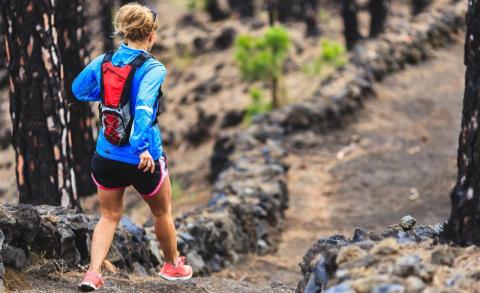
What Is Ultrarunning? A Beginner’s Guide to the World of Extreme Distance
Published on April 9 by Matt
If you’ve mastered the marathon and are wondering what comes next, ultrarunning might be your answer. Often described as a test of both physical endurance and mental resilience, ultrarunning pushes the boundaries of traditional road racing by venturing into longer — sometimes much longer — distances, and often on rugged, scenic trails.
But what exactly is ultrarunning, and how do you get started?
What Counts as an “Ultra”?
Ultrarunning refers to any running race longer than a marathon (26.2 miles or 42.195 km). The most common ultra distances are:
- 50K (31 miles) – Often the first ultra distance runners tackle.
- 50 miles – A true endurance test, typically taking 8–14 hours for most.
- 100K (62 miles) – A less common but still standard ultra distance.
- 100 miles – The gold standard of ultrarunning, often taking 20+ hours to complete.
- Multi-day races – Events where runners cover hundreds of miles over several days.

Road vs. Trail Ultras
Ultras can be run on roads, tracks, or trails — but trail ultras are the most popular and iconic. Events like the Western States 100 in California or the UTMB in the Alps blend intense elevation changes with breathtaking scenery.
Trail ultras often involve:
- Climbing steep hills or mountains
- Navigating rocky, technical terrain
- Crossing rivers, mud, or snow
- Running through the night with a headlamp
Key Differences from a Marathon
While both require endurance, ultrarunning is a different beast. Here’s how:
- Pacing is slower: You’ll often walk up hills or take breaks.
- Nutrition matters more: You'll need to eat real food (not just gels).
- Mental strength is critical: Long hours alone on the trail test your resolve.
- Aid stations are friendlier: Many ultras have a relaxed vibe, with volunteers offering everything from soup to candy.
How to Train for an Ultra
- Build a base: Be comfortable running 20–30 miles a week consistently.
- Increase gradually: Long runs are crucial — start with 3–4 hours on your feet.
- Train on similar terrain: If your race is hilly, train on hills.
- Practice fueling: Learn what your stomach tolerates during long efforts.
- Rest and recover: Don’t underestimate the value of recovery days.

Do You Need to Be “Fast”?
Absolutely not. Ultrarunning is about grit and consistency, not speed. Many successful ultrarunners aren’t elite athletes — they’re regular people who put in the time, respect the distance, and embrace the challenge.
Like any endurance sport, ultrarunning carries risks, from dehydration to injury. But with smart training, good gear, and awareness of your limits, it can be done safely — and incredibly rewardingly.
Ask any ultrarunner what keeps them coming back, and you’ll likely hear: “the community.” Ultras often foster a warm, inclusive, and encouraging environment where finishing is celebrated just as much as winning.
Ultrarunning isn’t just about covering extreme distances — it’s about discovering what you're capable of. Whether you want to try your first 50K or dream of tackling 100 miles through the mountains, there's a place for you in the world of ultrarunning.